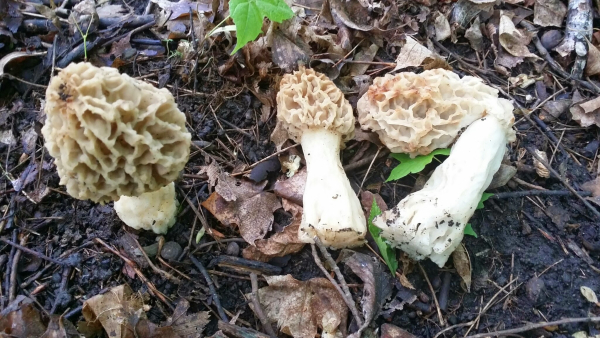American woodcock – Michigan’s leading the nation

American woodcockSpring means many things to many people – morel mushrooms, trout fishing, turkey hunting or viewing migrating birds overhead. The American woodcock is one of those migrating, part-time Michigan residents that split time between the southeastern United States and Michigan.
“For decades, Michigan has helped gather information on woodcock populations, which spend time in numerous states and provinces from Canada to the Gulf,” said Michigan Department of Natural Resources upland game bird specialist Al Stewart.
“A male woodcock has a unique call that sounds like ‘peent,'” said Stewart. “During the spring singing ground survey, we listen to the number and locations of ‘peents’ along established routes, giving us an idea of the number of woodcock present.”
In the spring, breeding activity causes woodcock to be more vocal and visible, making spring a great time for surveying. Annually, DNR staff members take to their established survey routes just after sunset, to count “peents” as part of a multistate spring singing ground survey.
Unique in appearance, woodcock have plump, round bodies with long, skinny, pointed bills. Their buff bellies and black and tan, speckle-patterned feathers give them great camouflage. Woodcock can be found throughout forested regions where their food is plentiful. Woodcock use their bills, perfect for piercing through the soil, to find and eat earthworms.
After the audible “peent,” the woodcock will start its aerial display, lifting off the ground 200 to 350 feet in a spiral dance.
“If you’re in the right place at the right time, you can witness this dance,” Stewart said.
The Michigan DNR is just one of the state agencies that devote time in the spring to assist in this joint multistate survey that began back in 1968. The survey technique used today to monitor woodcock was developed in 1960 by Bill Goudy at Michigan State University. Each route is 3.6 miles long, with 10 listening points. Survey dates vary based on latitude and, in Michigan, run April 20 to May 20.
In 2016, there were a total of 820 woodcock survey routes run in North America. (Canada also runs routes as part of this monitoring program.)
“Michigan is an important woodcock production state, meaning they are born here,” said Stewart. “We run more routes in Michigan than any other state or province.”
Michigan generally runs 115 survey routes annually, providing long-term information to guide management of woodcock in North America. Woodcock are a popular game species in the United States, and in Michigan approximately 26,000 upland bird hunters target them, leading the nation in both the number of hunters and birds harvested.
Other outdoor enthusiasts also appreciate the glimpse of a woodcock. An upcoming evening “Woodcock Walk” Thursday, May 4, at the Lame Duck Foot Access GEMS near Gladwin, offers a unique opportunity different from a typical spring birding event. Call 989-385-0336 for more information.
Wildlife viewers also can find a calm evening and an open country field and keep their eyes and ears open for the spring “peent” of the woodcock this year.
This fall, Michigan will host the 11th American Woodcock Symposium, where biologists from different states and continents will gather on behalf of the woodcock. Learn more about this Oct. 24 -27 event.
Contact: Katie Keen, 989-385-0336






